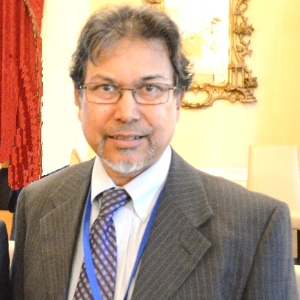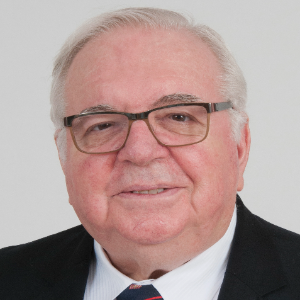Nanotechnology is the study and manipulation of matter at the nanoscale, with dimensions ranging from 1 to 100 nanometres. One billionth of a metre is a nanometre. The ability to design, manipulate, and fabricate materials at the nanoscale is central to nanotechnology. Nanomaterials are the name for these materials. Nanomaterials have features that are distinct from chemical substances of a bigger size. Properties of nanomaterials such as reactivity, melting point, fluorescence, mechanical strength, and electrical conductivity can all be changed at the nanoscale, making it difficult to predict how these materials interact with humans and the environment. Nanotechnology is one of the most essential technologies today, with applications in practically every part of our life. It creates solutions that are cheaper, faster, smaller, and stronger. Over the last 20 years, nanotechnology has had a dramatic impact on the production of innovative materials, and numerous new types of materials, such as nano-carbon, nano-silica, and nano-magnetics, are now available. These materials provide new opportunities for sophisticated device design (sensors, electronics, data and energy storage), as well as improved structural and functional materials.
- Carbon nanotubes
- Nanomaterial innovations
- 2-D materials

Ephraim Suhir
Portland State University, United States
Thomas J Webster
Interstellar Therapeutics, United States
Robert Buenker
University of Wuppertal, Germany
Will Skene
Montreal University, Canada
Valeriy A Buryachenko
Micromechanics & Composites LLC, United States
Anis Rahman
Applied Research & Photonics, Inc, United States
Will Skene
Montreal University, Canada
Robert Guidoin
Laval University, Canada
Robert Buenker
University of Wuppertal, Germany


Title : Introducing picotechnology: An exciting extension of nanotechnology
Thomas J Webster, Interstellar Therapeutics, United States
Title : The failure of both einsteins space-time theory and his equivalence principle and their resolution by the uniform scaling method
Robert Buenker, University of Wuppertal, Germany
Title : Material challenges with proton conducting ceramics for intermediate temperature hydrogenation/dehydrogenation applications
Saheli Biswas, Commonwealth Scientific and Industrial Research Organisation, Australia
Title : Porphyrin layers at metal-electrolyte interfaces monitored by EC-STM and CV
Marek Nowicki, University of Wroclaw, Poland
Title : Color control of electrochromes by structural modification
Will Skene, Montreal University, Canada
Title : Make experiments more efficient: Two simple and powerful approaches. Mg2Si growth for photovoltaic and thermoelectric applications
Alexander S Gouralnik , Institute of Automation and Control Processes, Russian Federation
Title : Reconfigurable antenna structures using tunable materials
Nasimuddin, Institute for Infocomm Research, Singapore
Title : (0, 1 and 2) Dimensional hybrid architecture of the synthesized materials leads the smart sensing of the gaseous species at low/room temperature
D R Patil, North Maharashtra University, India
Title : Enhanced grain refinement, precipitates regulation, and improved mechanical properties of cast Al-Li alloy by Ti addition and heat treatment
Lixiong Shao, Shanghai Jiao Tong University, China
Title : Broadband sound attenuation of shape memory polymer with triangular-honeycomb unit cell metamaterial structural design
Musaab Ejaz, Universiti Teknologi PETRONAS (UTP), Malaysia